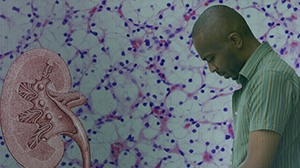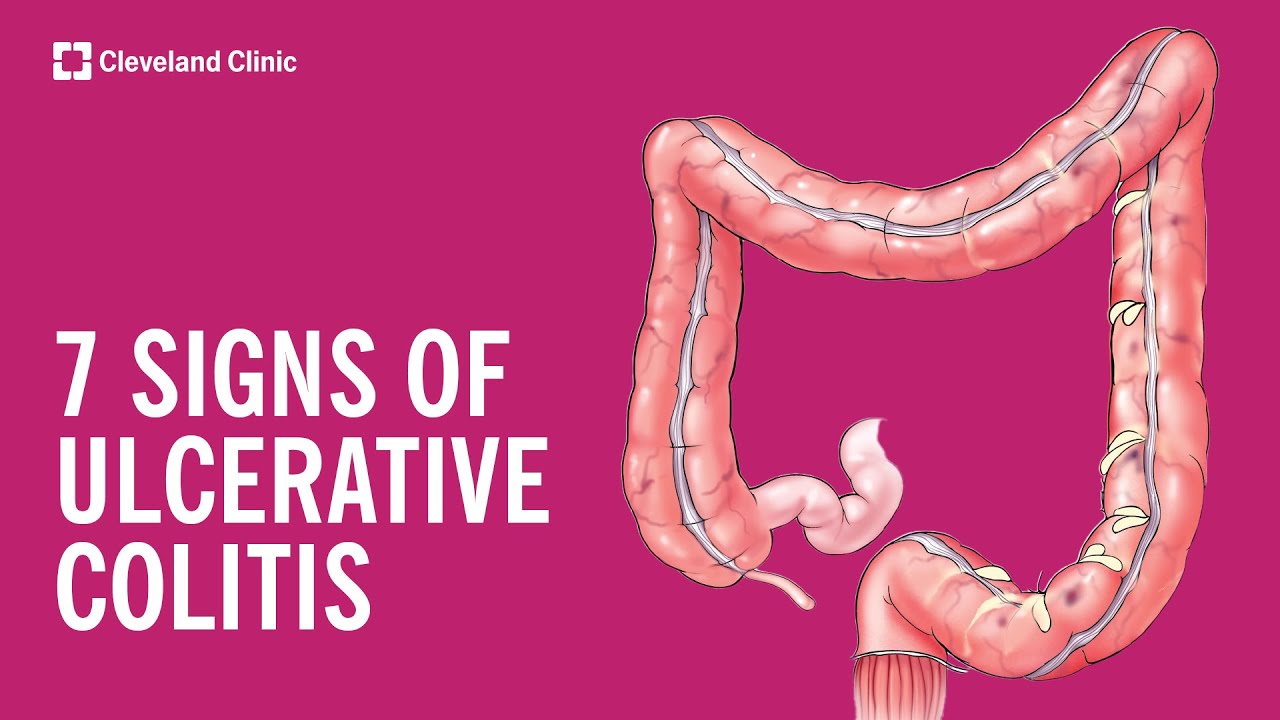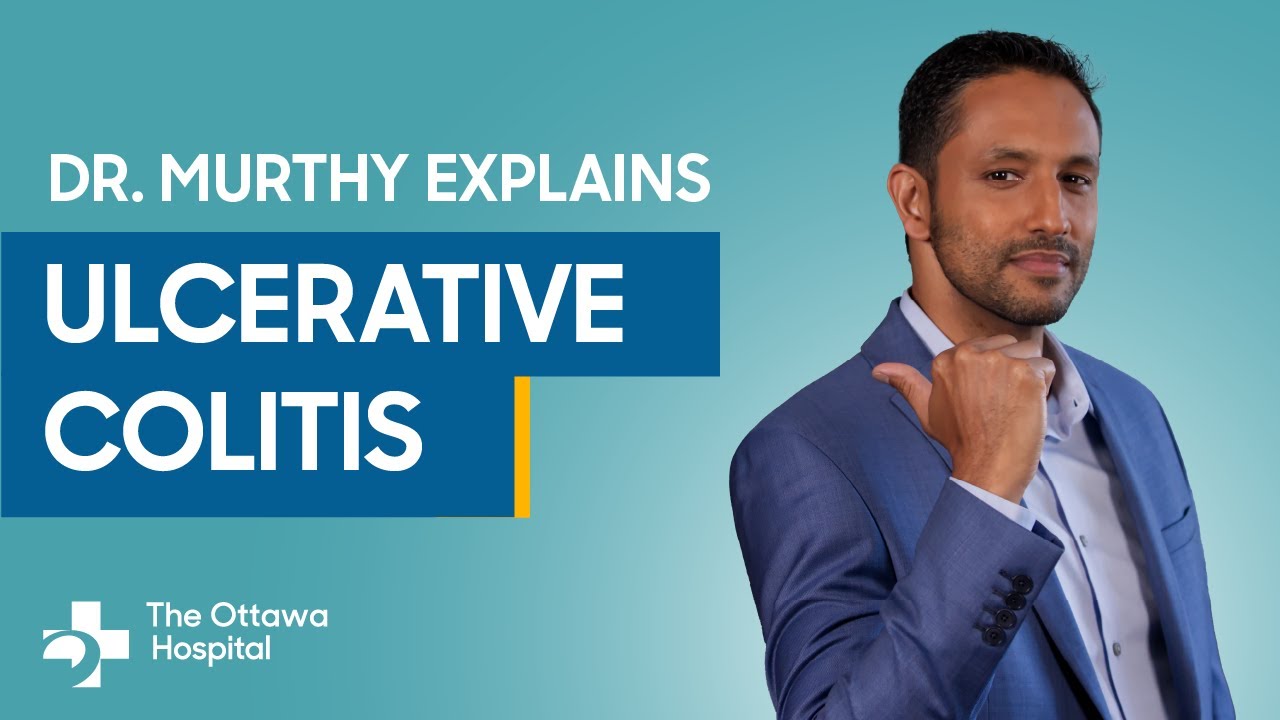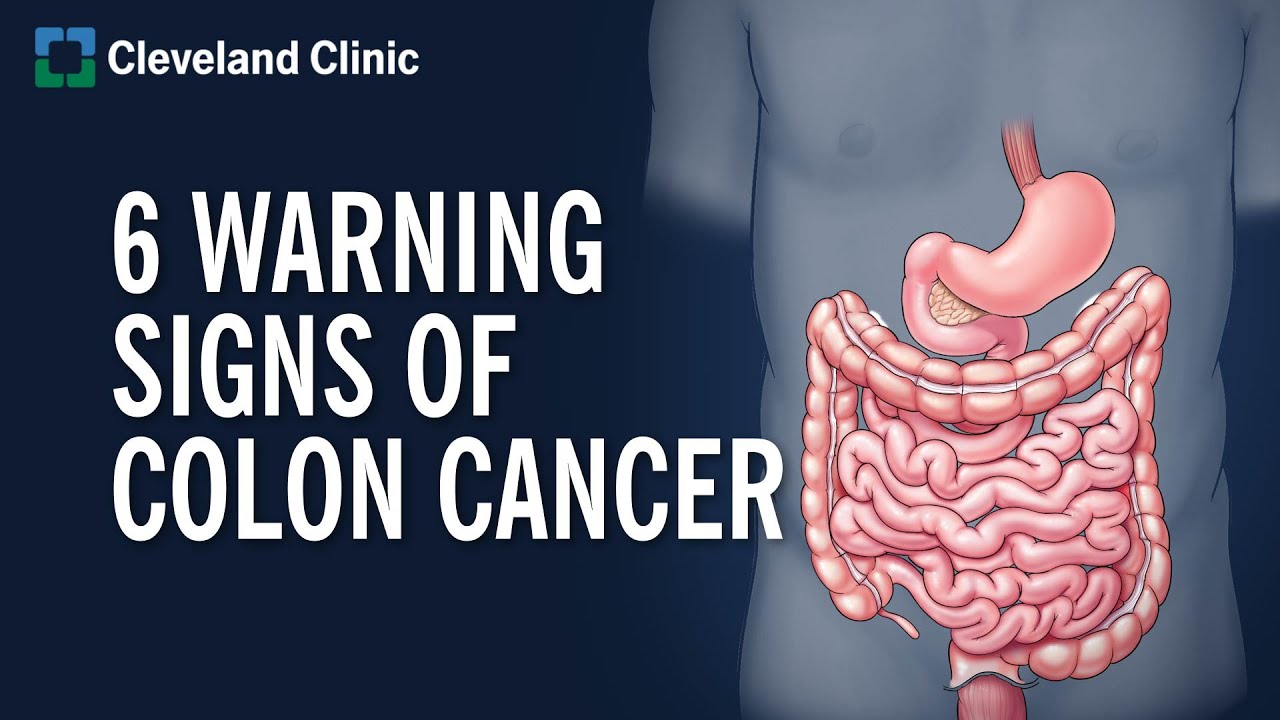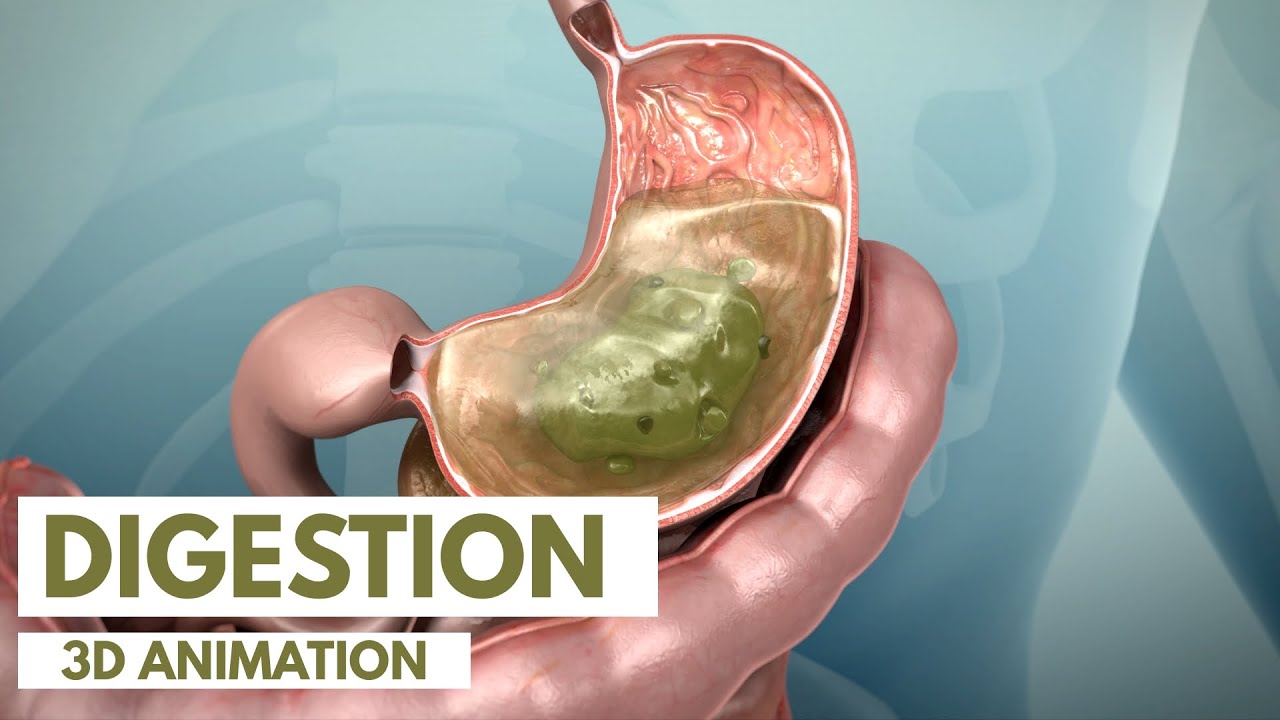NEW YORK (Reuters Health) – Patients with congenital bladder anomalies managed by enterocystoplasty do not need to undergo annual urine cytology and endoscopy, Rochester, Minnesota-based researchers report in a September 25th on-line paper in the Journal of Urology.
Dr. Douglas A. Husmann and colleagues at the Mayo Clinic note that because of concerns over malignancy it was widely recommended in the urological community that “all individuals with bladder augmentation undergo annual surveillance with urine cytology and endoscopy with or without random biopsies beginning 10 years after bladder augmentation.”
“Recommendations,” he told Reuters Health by email, “were not per AUA guidelines but rather suggested by multiple prior authors and then routinely followed. We believe the patients still need to be seen annually for appropriate follow-up with cystoscopy performed for selective indications. Patients are not routinely biopsied unless a suspicious lesion is found on cystoscopic exam.” The team initially followed the standard protocol, but they say they became increasingly aware “of what was apparently an extremely low incidence of tumor transformation.”
To gain further information, the investigators examined data on 65 patients who had undergone this relatively rare procedure at least 10 years previously. The median time from augmentation was 15 years.
During the first 5 years, 26 of 250 cytology results (10.5%) prompted cancer suspicions, but further investigation showed no malignancy.
“We subsequently abandoned routine cytology,” say the investigators, “due to its cost, low specificity and false-positive findings that prompted 26 negative contrast enhanced radiographic studies.”
Only 4 of the 250 endoscopic evaluations (1.6%) revealed suspicious bladder lesions. One was an adenomatous polyp, 1 a squamous metaplasia and 2 were nephrogenic adenomas.
Estimates, say the investigators “suggest that more than 980 cystoscopic evaluations would need to be done to diagnose 1 malignancy during a decade of followup.” Even then it is not known whether the malignancy would be early stage. Moreover, median survival is only about 1.5 years from diagnosis.
In light of these findings, routine cytology and endoscopy were discontinued after each patient completed 5 years of follow-up, but annual evaluations were maintained. No tumors developed during the median surveillance interval of 15 years.
The researchers recommend routine surveillance of patients with enterocystoplasty by annual endoscopy and cytology be discontinued. However, they do recommend annual follow-up examinations.
Among criteria that indicate the need for endoscopy the investigators suggest are 4 or 5 symptomatic urinary tract infections per year and chronic perineal, pelvic or bladder pain.
Reference:
J Urol 2011.


